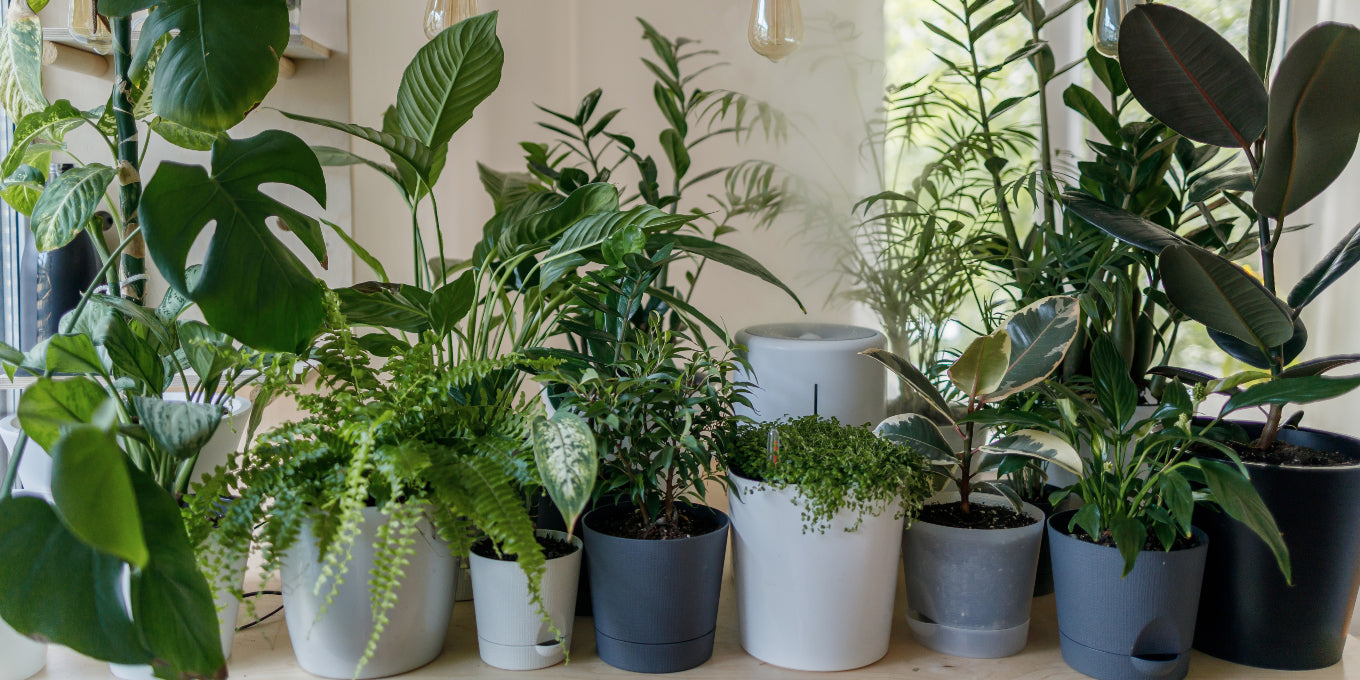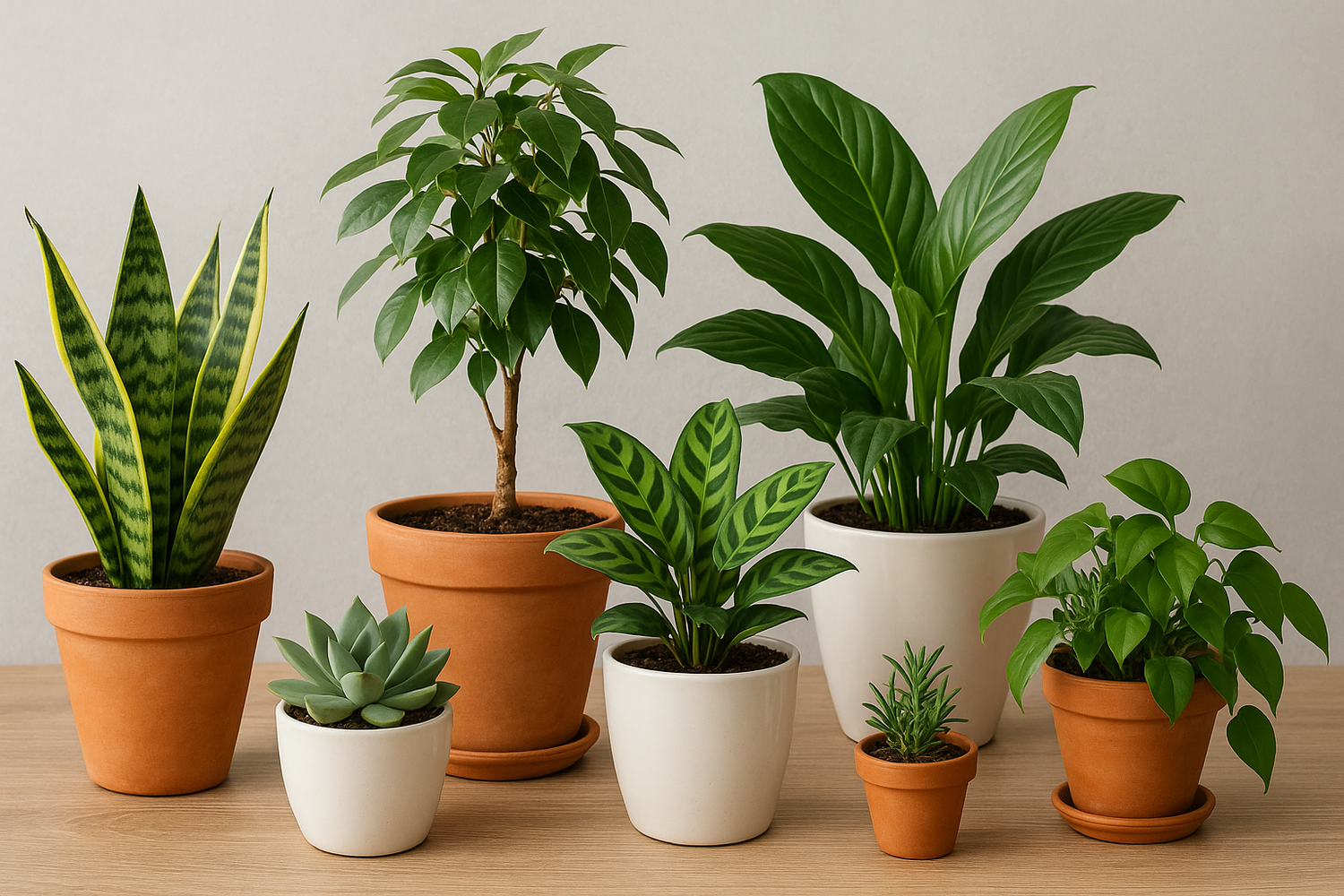Artificial grass is an excellent solution for homeowners and businesses seeking a low-maintenance, lush green lawn year-round. However, while synthetic turf offers many benefits, regular cleaning and maintenance are crucial to preserving its appearance, longevity, and performance. This article explores why cleaning artificial grass is so important and offers tips to help keep your synthetic lawn in top condition.
Maintaining Aesthetic Appeal
One of the primary reasons for cleaning artificial grass is to maintain its aesthetic appearance. Over time, dust, dirt, leaves, and other debris can accumulate on the turf, causing it to look untidy. This can lead to a dull or matted appearance, which detracts from the pristine look that synthetic grass is known for.
Regular cleaning ensures that your lawn remains vibrant and fresh, giving your outdoor space a tidy and appealing look. By keeping the blades free from dirt and debris, you’ll preserve the realistic, lush green appearance that synthetic turf provides.
Preventing Odors
Another critical aspect of cleaning artificial grass is preventing unpleasant odors. Over time, organic material such as leaves, twigs, and pet waste can decompose and create a musty or foul smell. This is particularly important for pet owners, as pet urine and waste can linger and affect the smell of the turf.
Routine cleaning helps remove any organic matter and pet waste, reducing the risk of odors. Washing the grass regularly ensures that it remains hygienic, fresh, and odor-free. In addition, using an appropriate turf cleaner can break down bacteria and help neutralize any lingering smells.
Enhancing Durability
Artificial grass is designed to be durable and long-lasting, but neglecting cleaning and maintenance can shorten its lifespan. Dirt and debris that accumulate on the surface can cause the synthetic fibers to break down more quickly, leading to wear and tear. For example, grit or small stones embedded in the grass can damage the fibers over time, especially when subjected to foot traffic.
By keeping your artificial grass clean and free from abrasive materials, you ensure that the fibers stay intact and the turf retains its structural integrity. Regular cleaning also helps remove any buildup in the drainage system, which can prevent water from flowing freely and cause premature wear.
Preventing Mold and Mildew Growth
Artificial grass, especially in areas with higher humidity or regular rainfall, can be susceptible to mold and mildew growth. Trapped moisture, combined with dirt and organic debris, creates the perfect environment for mold and mildew to thrive. These fungi can damage your synthetic lawn and lead to unpleasant odors and discoloration.
Regular cleaning, along with proper drainage, helps prevent the accumulation of moisture beneath the turf, reducing the chances of mold and mildew formation. Ensuring that the grass is dry and free of debris after rain or heavy humidity is essential to maintaining its quality and appearance.
Maintaining Proper Drainage
Artificial grass installations are designed with built-in drainage systems to prevent water buildup. However, over time, dirt, leaves, and debris can clog these drainage channels, making it harder for water to flow through. This can cause puddles to form, leading to issues like mold growth and a soggy, uneven lawn.
Regular cleaning helps to keep drainage channels clear, ensuring that water can flow freely and that your lawn remains properly maintained. This also helps in preventing potential damage caused by pooling water, such as a soft or spongy turf surface.
Extending the Lifespan of Artificial Grass
One of the key benefits of artificial grass is its longevity. However, without proper care, even the most durable synthetic turf can show signs of aging prematurely. Cleaning your artificial grass regularly removes contaminants that can degrade the turf fibers and reduce its overall lifespan. By investing time in regular cleaning, you’re helping to protect your investment and keep your synthetic lawn looking good for years to come.
The Health Benefits of Cleaning Artificial Grass
An often-overlooked benefit of cleaning synthetic grass is the impact it has on health and hygiene. Artificial grass can accumulate bacteria, pet waste, pollen, and other allergens over time. If left untreated, these contaminants can pose health risks, especially for children or pets who spend a lot of time outdoors.
Routine cleaning and sanitizing of your synthetic lawn can help reduce the buildup of harmful bacteria and allergens. Using a turf-specific cleaner can kill bacteria, remove contaminants, and make the surface safer for family members and pets.
Best Practices for Artificial Grass Cleaning
To keep your artificial grass in excellent condition, follow these cleaning tips:
-
Regular Brushing: Brush the grass blades in different directions to prevent matting and ensure they stay upright. This also helps to remove small debris.
-
Rinse with Water: Lightly hose down your artificial grass once a week to remove dust and dirt. In case of heavy dirt buildup or after a sandstorm, a more thorough rinse may be needed.
-
Remove Debris: Pick up leaves, twigs, and other debris by hand or using a leaf blower. This will prevent them from accumulating and causing damage over time.
-
Pet Waste Removal: Clean up pet waste immediately to prevent odors and bacteria buildup. For urine, rinse the area with water, and for solid waste, pick it up with a scooper.
-
Use a Turf Cleaner: For a deeper clean, use a specialized artificial grass cleaner that can break down dirt, bacteria, and odors without damaging the fibers.
-
Check Drainage: Ensure that the drainage system is clear by checking for any blockages. This will help maintain proper water flow and prevent mold or mildew buildup.
-
Avoid Heavy Objects: Try not to place heavy furniture or equipment on artificial grass for long periods. This can crush the fibers and cause permanent damage.
Conclusion
Artificial grass cleaning is a crucial part of maintaining a beautiful, durable, and hygienic lawn. Regular cleaning preserves its aesthetic appeal, prevents unpleasant odors, promotes longevity, and ensures proper drainage. By following the right cleaning practices, you can maximize the lifespan of your synthetic grass and keep it looking as good as new for many years to come. Whether you’re a pet owner, a parent, or simply someone who enjoys spending time outdoors, keeping your artificial turf clean is an essential task for a healthier and more attractive outdoor space.





